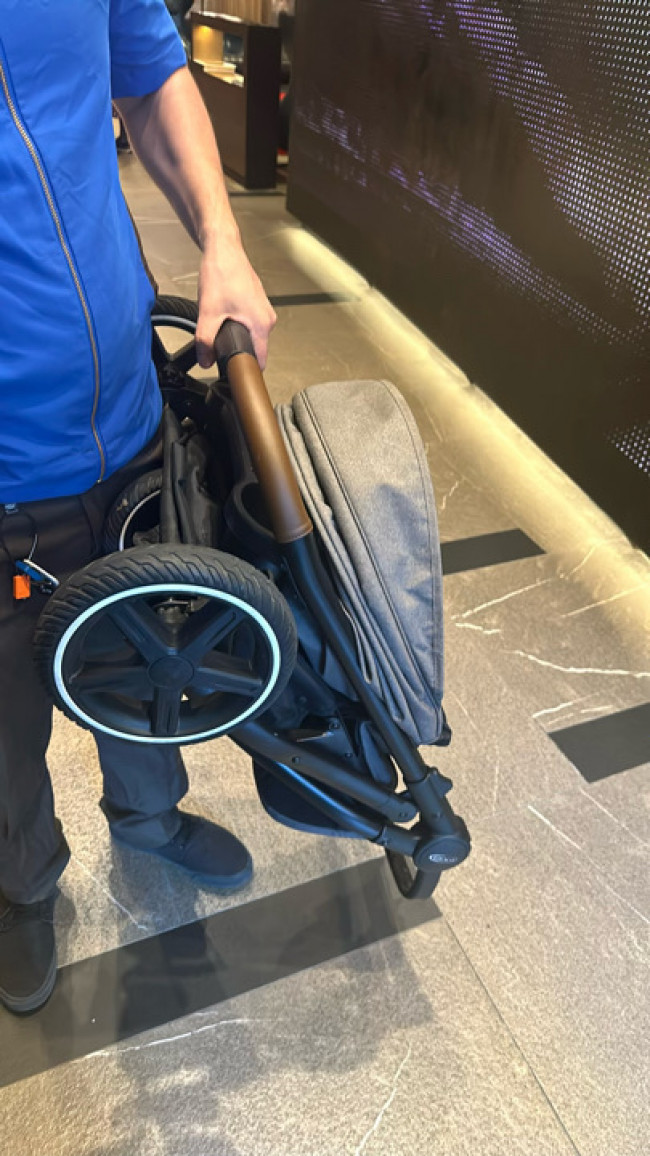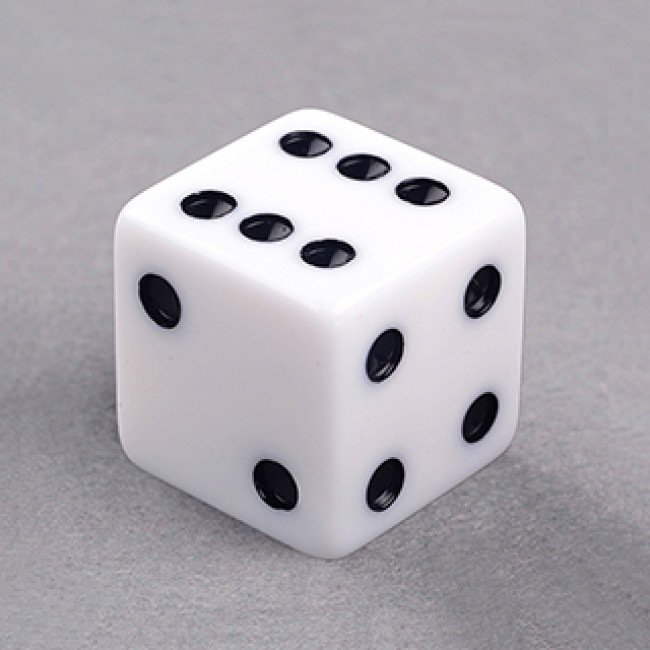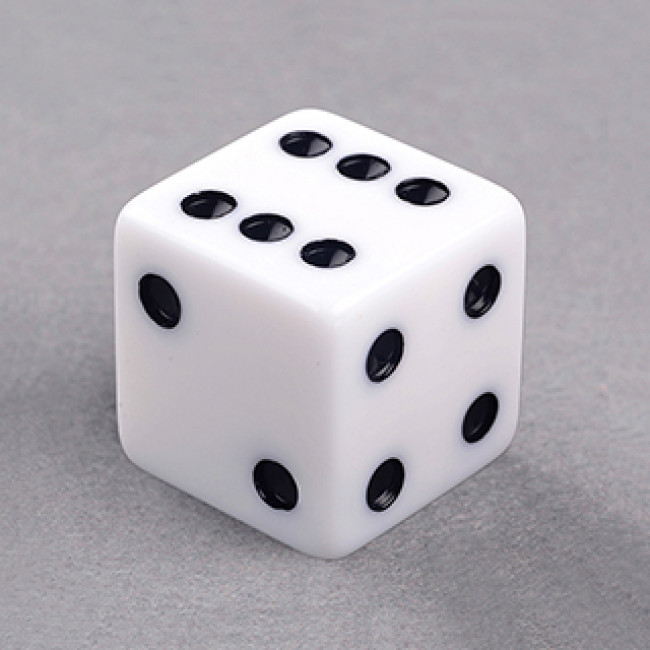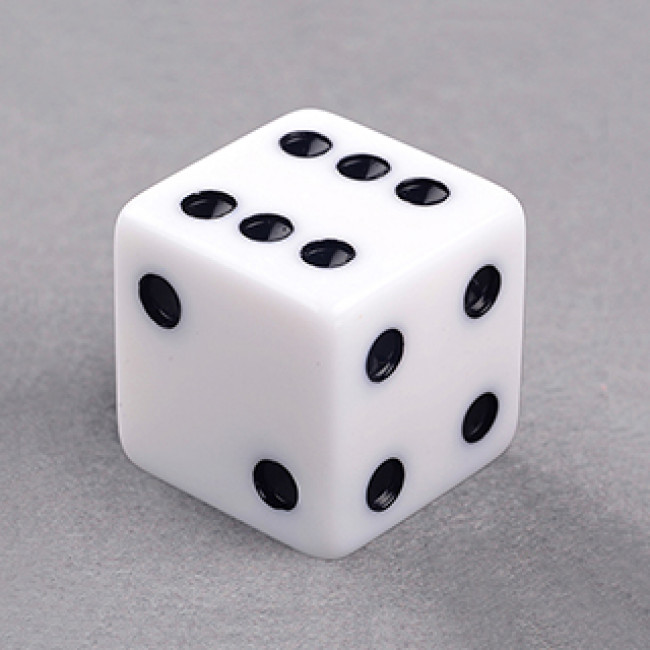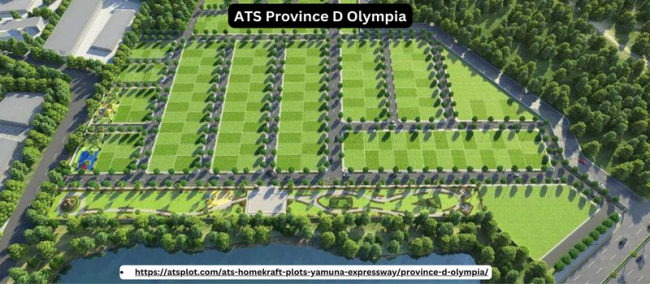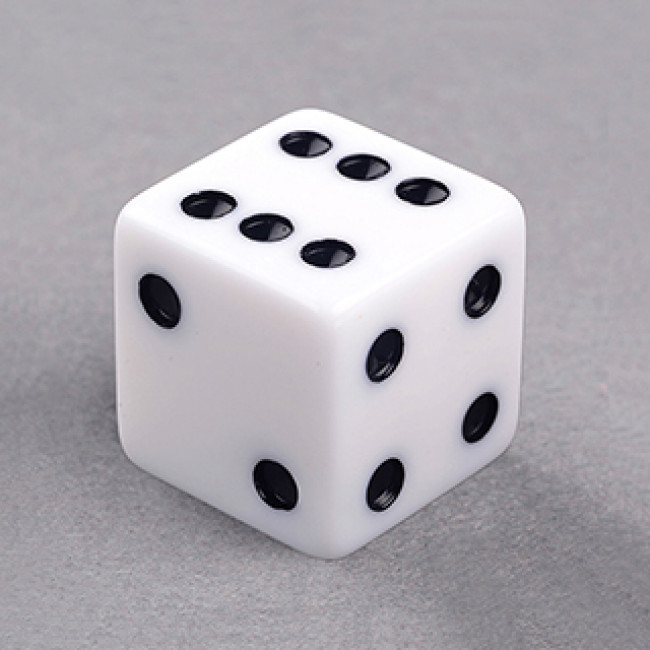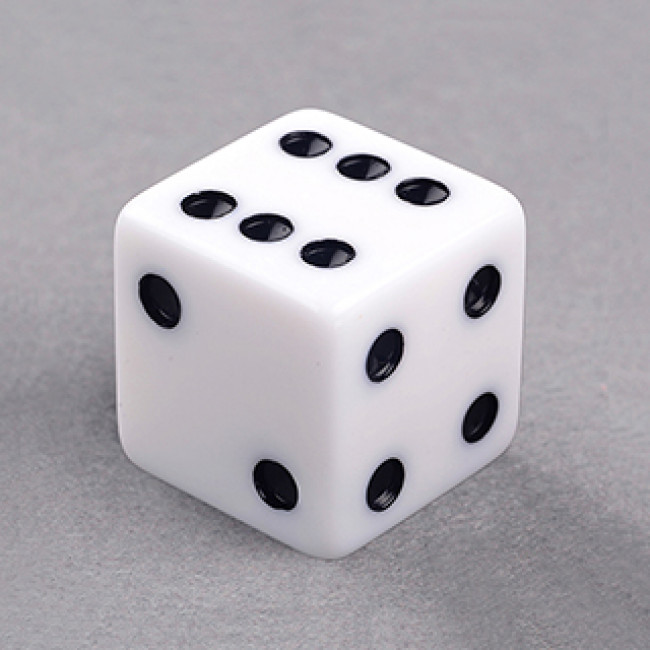In the rapidly evolving landscape of modern warfare, technological advancements continually redefine the capabilities and strategies of military forces around the globe. In future wars drone weapons with minds of their own. Among these innovations, kamikaze fixed-wing drones, also known as loitering munitions, have emerged as a pivotal asset in contemporary and future combat scenarios. This article delves into the future of kamikaze drones in the 21st century, exploring their development, applications, ethical considerations, and potential impact on global security dynamics.
The Evolution of Kamikaze Drone
Kamikaze drone, initially conceptualized during World War II, have undergone significant transformation over the decades. Early iterations, such as the Japanese Yokosuka MXY-7 Ohka, were manned suicide attack aircraft. However, advancements in unmanned aerial vehicle (UAV) technology have revolutionized the concept, enabling the creation of sophisticated autonomous and semi-autonomous systems.
Modern kamikaze drone are equipped with advanced sensors, GPS guidance, and AI-driven decision-making capabilities, allowing them to identify, track, and engage targets with unprecedented precision. These drones are designed to loiter in the target area for extended periods, providing real-time intelligence before striking high-value targets. This evolution has shifted their role from mere suicide missions to strategic assets in both offensive and defensive operations.
Strategic Applications of Kamikaze Drone
Precision Strikes: Kamikaze drone offer unparalleled precision in targeting, minimizing collateral damage and maximizing mission effectiveness. Their ability to loiter and gather intelligence ensures that strikes are executed at the optimal moment, enhancing the success rate of missions.
Asymmetric Warfare: Non-state actors and smaller nations are increasingly employing kamikaze drones to level the playing field against more technologically advanced adversaries. These drones provide a cost-effective means to conduct high-impact operations, disrupting traditional power balances.
Force Multipliers: In conventional warfare, unamanned aerial vehicle drones act as force multipliers by augmenting the capabilities of manned aircraft and ground forces. They can neutralize enemy air defenses, disrupt supply lines, and target critical infrastructure, thereby enhancing the overall effectiveness of military operations.
Counter-Insurgency Operations: In counter-insurgency scenarios, kamikaze drone offer a precise and efficient means to eliminate high-value targets embedded within civilian populations. Their ability to identify and strike targets with minimal collateral damage is crucial in such complex environments.
Technological Advancements Driving the Future
The future of kamikaze drones is closely tied to advancements in several key technological domains:
Artificial Intelligence: AI is at the forefront of kamikaze UAV drone development, enabling autonomous decision-making, target recognition, and mission planning. Machine learning algorithms enhance the drones' ability to adapt to dynamic environments, improving their effectiveness in complex combat scenarios.
Swarm Technology: Swarm technology envisions the deployment of multiple kamikaze fixed-wing drone operating in a coordinated manner. These swarms can overwhelm enemy defenses, conduct simultaneous strikes on multiple targets, and share intelligence in real-time, significantly enhancing operational capabilities.
Miniaturization and Stealth: Future kamikaze drone will benefit from advances in miniaturization and stealth technology, making them harder to detect and intercept. Smaller, stealthier drones can infiltrate enemy defenses and conduct covert operations with greater success.
Energy and Propulsion Systems: Improvements in energy storage and propulsion systems will extend the loitering time and range of kamikaze uav drone. Enhanced battery technology, solar power integration, and efficient propulsion systems will enable longer missions and increased operational reach.
Ethical and Legal Considerations
The rise of kamikaze patrolling drones raises important ethical and legal questions that must be addressed to ensure responsible use and adherence to international norms:
Autonomous Lethal Decision-Making: The use of AI in kamikaze drone brings forth the issue of autonomous lethal decision-making. The ethical implications of allowing machines to decide when to use lethal force are profound, necessitating robust oversight and accountability mechanisms.
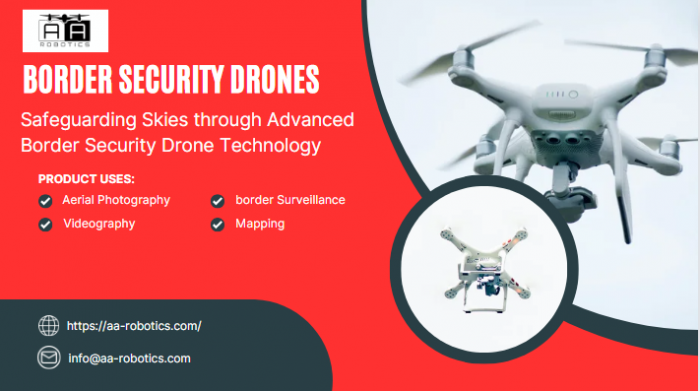
Collateral Damage and Civilian Casualties: While kamikaze patrolling drones are designed for precision, there remains the risk of collateral damage and civilian casualties. Ensuring strict adherence to the principles of distinction and proportionality is crucial to minimize harm to non-combatants.
Proliferation and Misuse: The proliferation of these drone technology poses a significant threat if it falls into the hands of rogue states or non-state actors. International cooperation and regulatory frameworks are essential to prevent the misuse of these systems.
Legal Frameworks: The legal status of kamikaze drones under international humanitarian law (IHL) and the laws of armed conflict (LOAC) requires clarification. Establishing clear legal guidelines for the deployment and use of these drones is imperative to prevent unlawful conduct.
Case Study: Kamikaze Drone in the Russia-Ukraine Conflict
The ongoing conflict between Russia and Ukraine provides a poignant example of the strategic impact of kamikaze uav drones. Both sides have utilized these drones to conduct precision strikes, gather intelligence, and disrupt enemy operations. The conflict has highlighted several key aspects of kamikaze drone warfare:
Tactical Flexibility: Kamikaze patrolling drones have demonstrated their tactical flexibility by adapting to various mission profiles, from targeting armored vehicles and artillery positions to conducting surveillance and reconnaissance.
Psychological Impact: The presence of kamakaze drones has a significant psychological impact on enemy forces, inducing fear and uncertainty. The constant threat of a precision strike can degrade morale and operational effectiveness.
Cost-Effectiveness: Kamikaze drones have proven to be a cost-effective alternative to traditional munitions and manned aircraft. Their relatively low production and operational costs make them an attractive option for sustained conflict.
Future Prospects and Challenges
The future of kamikaze drones in the 21st century holds both promise and challenges:
Integration with Broader Military Systems: Integrating kamikaze drones with broader military systems, such as air defense networks and command and control infrastructure, will enhance their effectiveness and operational synergy.
Countermeasures and Defense: As kamikaze drone technology advances, so too will countermeasures and defensive systems. Developing robust defenses against drone swarms and enhancing electronic warfare capabilities will be crucial to maintaining strategic superiority.
International Collaboration: Addressing the challenges associated with kamikaze drones requires international collaboration. Establishing norms, sharing best practices, and fostering transparency will be essential to mitigate the risks and ensure responsible use.
Innovation and Adaptation: The rapid pace of technological innovation necessitates continuous adaptation and evolution of kamikaze drone systems. Investing in research and development will be key to maintaining a competitive edge in future conflicts.
Conclusion
Kamikaze fix-wing drones represent a transformative force in modern warfare, offering unprecedented precision, flexibility, and cost-effectiveness. As technological advancements continue to drive their evolution, these drones will play an increasingly prominent role in military operations. However, the rise of kamikaze fixed-wing drone also brings forth complex ethical, legal, and strategic challenges that must be addressed through international cooperation and robust regulatory frameworks. The future of kamikaze drones in the 21st century will be shaped by the delicate balance between innovation and responsibility, ensuring that these powerful tools are used to enhance global security while adhering to the principles of humanity and the rule of law.





